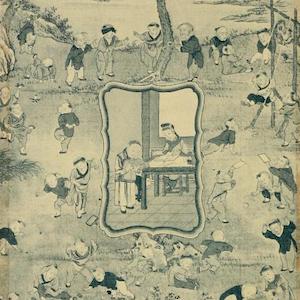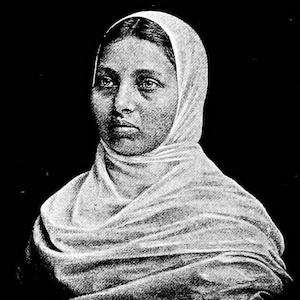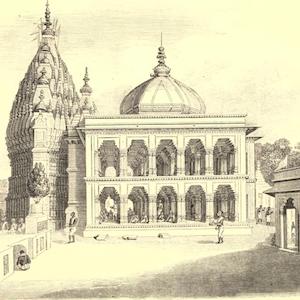Asia

Soviet Nuclear Reactors in Eastern Europe
On April 26, 1986, an explosion at the Chernobyl Nuclear Power Plant in Ukraine led to the radioactive contamination of the surrounding countryside and to radioactive fallout throughout Eastern and Western Europe.

The Voyages and Adventures of Ferdinand Mendez Pinto
One of the most important results of the early modern period was the spread of European culture generally, and Christian religion particularly, throughout the globe.

Lady Mary Wortley Montagu on Small Pox in Turkey
Lady Mary Wortley Montagu (1689-1762) was the wife of the British Ambassador to Turkey. In 1715 she had survived but been terribly scarred by smallpox while her brother had died from the disease.

The Taoist Priest of Lao-Shan
"The Taoist Priest of Lao-Shan" is a folktale with a moral lesson. The tale uses religion as a device to instill in children the traits desired by upstanding citizens within the culture at that time.

Three-Character Classic
The famous Three-Character Classic, a children's primer attributed to Wang Yin-lin (1223-1296) whose text consists of rhymed verse developed to help children increase their vocabulary in Chinese characters, provides a valuable introduction to the social values that children were encouraged to emb

The Chinese Boy and Girl
Issac Taylor Headland (1859-1942), a resident of Beijing and a scholar at Peking (Beijing) University, joined other contemporaries interested in both popular culture and folklore in his own study of daily life in China.

Chinese Mother Goose Rhymes
Isaac Taylor Headland (1859-1942), a resident of Beijing and a scholar at Peking (Beijing) University, joined other contemporaries interested in both popular culture and folklore in collecting and transcribing Chinese children's rhymes.

Indian Tales of the Great Ones
Born in 1870 into a Parsee family in India, Cornelia Sorabji (1870–1954) became a writer and a lawyer. By the end of the Victorian period, many elite Indian men had traveled to Britain to study.

The High-Caste Hindu Woman
Literacy among Indian women was low during the 19th century, and so primary sources written by Indian women are rare for this period. One notable exception is Pandita Ramabai (1858-1922), an influential Indian woman social reformer from Maharashtra in western India.

India’s Cries to British Humanity
Toward the end of the 1700s, the evangelical movement in Britain argued that one’s commitment to Christ should be reflected in action, primarily the effort to end slavery in the British empire and to proselytize or seek converts among the “heathen.” Initially, the English East India Company had p